Over the years, email marketing has involved sending emails to engage prospective customers, create relationships, sell products, and keep customers loyal.
Despite the many channels available today, a good email can hold up well. Almost 93% of the survey respondents voted for email as their favourite channel to connect with businesses. With so many brands vying for attention, keeping your email marketing from becoming stale is a huge challenge.
Unfortunately, a lot of companies are still working with processes that are a little old now and don’t really resonate with the customers, giving them a reason to quickly go ahead and unsubscribe. If you are facing issues with your email marketing not bringing the results you want, it might be time to consider a new approach.
In this article, we will define email marketing and the benefits of automation, and AI can heal and enhance your email marketing strategy. These email marketing tools will allow you to send emails that truly connect with your potential and real customers.
What is an email marketing strategy, and why does it matter?
An email marketing strategy represents a framework for formulating and executing email campaigns in support of the brand’s selling agenda. A good strategy provides customers with useful and interesting information that enhances their buying ability.
What impact do marketing automation and AI have on email marketing? Marketing automation has altered the strategic approach of businesses to email marketing.
Instead of sending untargeted messages to large lists, marketing automation now allows businesses to send customized emails to that one individual in their database, depending on their likes and opinions. This is thanks to the emergence of better data collection and management whose major goal is strong personalisation.
AI is further enhancing marketing automation by helping to create an even more targeted and personalised experience for customers.
In email marketing, automation aims at freeing up the marketer’s time from unnecessary tasks, leading the customer along the path to purchase, and improving the management of email marketing campaigns. AI utilises smart algorithms and learning to analyse data and make marketing decisions aimed at enhancement.
It helps optimise the personalisation of emails, subject lines, content, dynamic variables, timing of dispatches, and trend prediction.
Marketing automation and AI work hand-in-hand to prove more focused and efficient in terms of email campaign execution.
Benefits of Email Marketing Automation
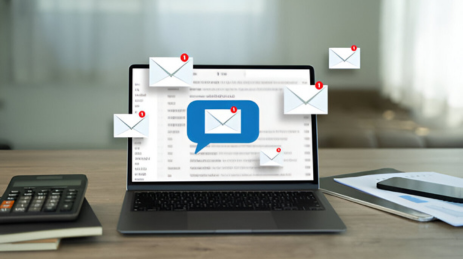
Marketing automation tools are what make email marketing truly effective, and they serve to help businesses deal with organizing and managing tasks such as launching campaigns, nurturing leads, and tracking customer engagement.
Email automation can export personalized, segmented emails on a large scale. Companies can cluster audiences by age, geographic location, interests, previous purchases, and the likes. In essence, customers are being sent messages more relevant to their interests.
From higher engagement and sales for email campaigns, especially when the people on the list have previously shown interest in the email marketing company, it becomes an opportunity to build trust and improve customer relationships.
The biggest advantage end users can enjoy is the personalization of emails. You could include any information from the customer’s name to product recommendations that suit their likely tastes according to their earlier purchases.
AI, on the other hand, performs this task by smartly analyzing data and dispatching ever-so-personalized and user-centric content. This ultimately translates into increased engagement, greater open and click rates, and a higher rate of satisfied customers.
Through email strategies, many business objectives can be reached, including:
- Strengthening customer relationships
- Building brand awareness
- Lead generation and nurturing
- Promoting products and services
- Sharing valuable content and resources
Types of Email Marketing
The principal four types of email marketing exist, though they may vary in name and nuance from one source to the other. Understanding these types provides better insight for planning campaigns accordingly.
In a nutshell, keep analyzing every email you send for improvement. Types will be explained shortly.
- Newsletters
Newsletters form one of the most commonly used types of marketing emails. They are sent out regularly to subscribers to keep them updated about the brand or product, depending on the companies’ industries, weekly or monthly.
- Promotional Emails
Promotional emails are yet another common variety of marketing emails, sent out to extend special deals and discounts or otherwise to promote a product or service. A brand, for instance, might send a welcome email with a promotional offer of a 10 % discount to newly registered customers.
These also include announcements about new products, updates on the email marketing company, a free guide, or an invitation to webinars. Given that email accounts for almost 20% of online purchases (just behind paid search and organic), it is not surprising that promotional emails have found their way into the heart of marketing efforts. After all, they work!
- Relational Emails
Considered relational emails, they primarily serve the purpose of building a relationship with prospective and current customers by providing them with valuable content to begin with. Such content may include a welcome email, blog post, survey, or even an update on social media.
- Transactional Emails
An email transaction comes in after an action taken by a person, such as signing in, buying a product, or requesting a password reset. Such an email serves as confirmation to the action and imparts pertinent information, such as order confirmations, shipping tracking, or account notifications.
- Lead Nurturing Emails
Lead nurturing emails are sent to potential customers to personalise the messages to keep them engaged with the business while it guides them through the buying process. They work on trusting the potential customer, providing useful information, and guiding him to the next step toward making the actual purchase.
- Confirmation Emails
A confirmation email is an automated email alerting you that some action has been completed, such as the purchase of something, sign-up to something, or a booking. This confirms your action and provides you with the relevant details.
- Interactive emails
Interactive emails contain various fun and engaging components like buttons, polls, quizzes, or image sliders. Injecting the elements into an email makes it interesting and engages people on the content.
How to Start Email Marketing
With the types of emails in your sight, let’s see how you can set up an email marketing program for your business:
Set Up Goals
What do you want to achieve with email marketing? Is it to increase sales? To build customer relations? Or to drive traffic to your website? Knowing what you’re trying to do will help you decide on the tools and strategies best suited for your purpose.
Choose Email Types
Pick the type of email that corresponds to the character of your brand, such as newsletters, promotions, or transactional emails. Ensure that your emailing solution allows you to design content easily, send it, and track results.
Link Emails with Customer Data
Getting your emails linked with customer data targets to personalization and effectiveness. Opt for an email solution that automatically integrates with your customer database to allow campaign automation and performance tracking.
Integration with Other Business Utilities
Your email marketing should work in conjunction with other business utilities, such as CRM systems, to allow sharing of insights and better collaboration across teams.
Select an Easy-to-Use Tool
The importance of a strong email marketing suite lies in how easily the team navigates it. Opt for a tool that is user-friendly, well-documented, and has many support resources.
How to Measure Email Marketing Success
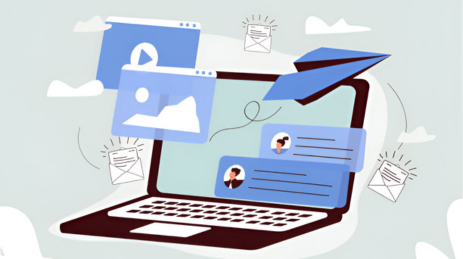
Email marketing is kind of an unanswered subject. So here are some relevant measures to monitor:
- Open Rates: This is the measure of the percentage of recipients who open your email.
- Click-Through Rate (CTR): The measure of how many people click a link in your email.
- Conversion Rate: This is a percentage of those who take the desired actions after clicking, such as making a purchase or signing up.
- Unsubscribe Rate: The measure of how many people unsubscribe from your emails after receiving one.
- Forwarding Rate: The number of people who do share or forward your email to others.
- List Growth Rate: Measures how quickly running an email list is growing.
- Bounce Rate: Measures the percentage of emails that did not reach the person’s inbox.
To wind up
Email marketing is an absolutely capable way to connect with the customer, build relationships, and achieve sales.
Businesses must stay relevant by using automation, AI, and personalisation to engage customers with email content. From newsletters and promotions to transactional and interactive emails, each type serves its own purpose. Success consists of tracking the key metrics: open rate, click rate, and conversion to fine-tune the strategies.
The process begins with clearly defined goals, which lead to the choice of the right email types integrated with data, ensuring maximum effectiveness. Email marketing engages customers on a greater level, elevates brand awareness, and powers growth when conducted properly. Be creative, always optimise, and make each email count!


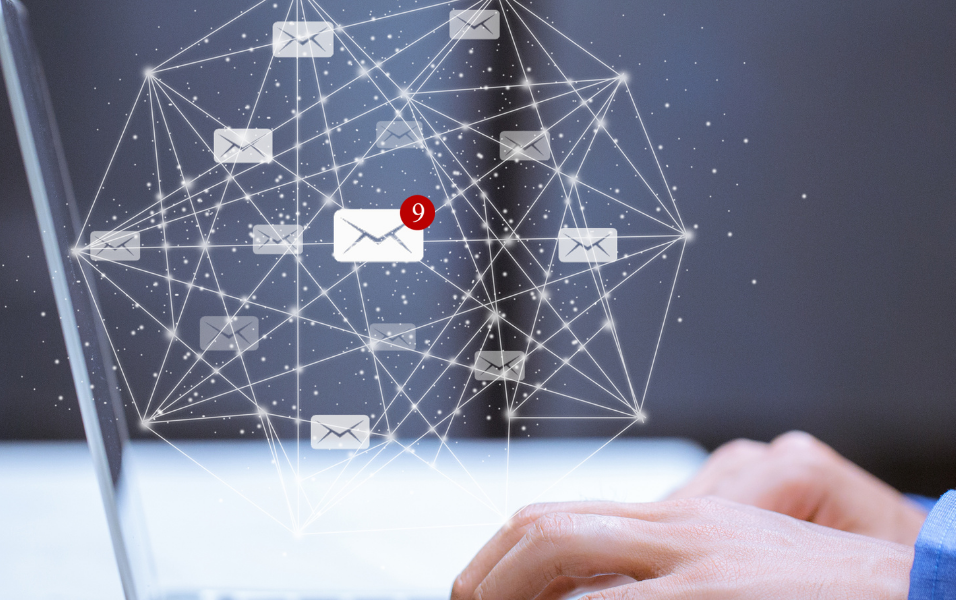
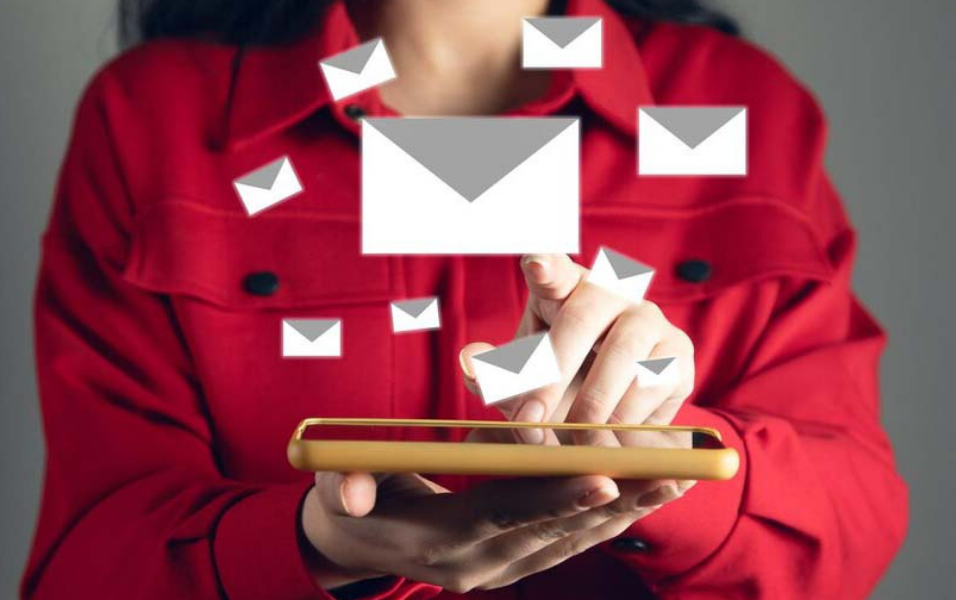
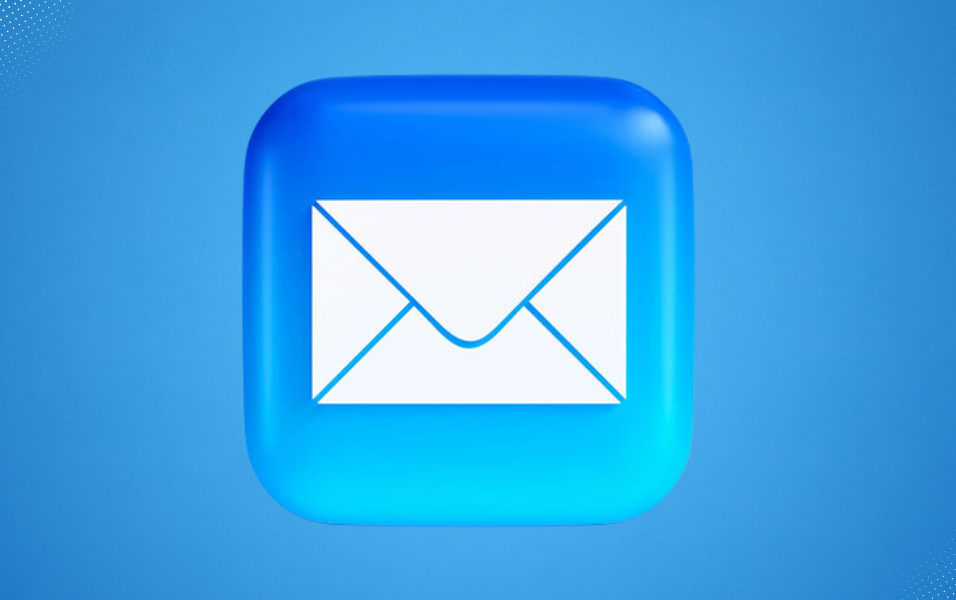

Leave feedback about this